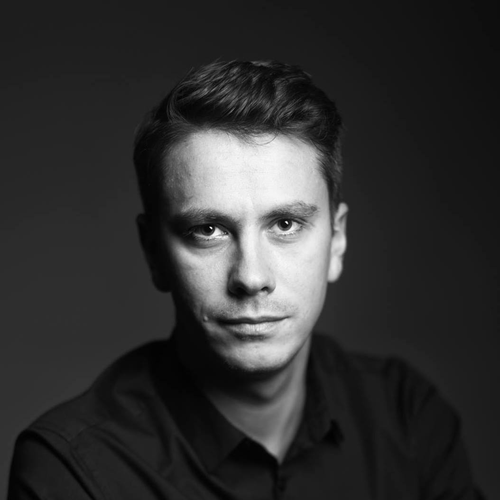About This Webinar
Glass-cleaving techniques based on ultrafast lasers have become increasingly popular over the last decade. A key milestone contributing to this growth was the ability to shape the beam to obtain a very narrow elongated focus inside the transparent medium. A typical approach to do this is through the use of bulk, reflective, or diffractive axicons. Recent research has drawn attention to how different properties of the laser beam correlate with the direction that microcracks propagate in the glass. Understanding this relationship can help with process optimization, but it can also complicate system setup and beam steering.
Correct configuration of the performance parameters for all-fiber high-power femtosecond lasers have helped reduce this complexity. Leveraging pulse durations from 250 fs up to 20 ps and intra-burst intervals of 50 ns, this novel method is insensitive to the cutting direction and does not require rotation of additional components in the beam path. Further, by emitting pulses in bursts with a total energy of 200 µJ, it is possible to achieve processing speeds of 750 mm/s in 1.1 mm thick BK7 or fused silica glass with single laser pass. In his presentation, Stepak will outline the benefits and challenges when using ultrafast lasers to process glass, and detail explorations for further optimization of this streamlined, high-volume technique.
***This presentation premiered during the 2022
Photonics Spectra Conference. For more information on Photonics Media conferences, visit
events.photonics.com.
About the presenter:

Bogusz Stepak, Ph.D., is head of the Ultrafast Laser Application Laboratory at Fluence.technology. He received his doctorate from the Wroclaw University of Science and Technology in Poland and worked afterward as a researcher at the Fraunhofer Institute for Material and Beam Technology IWS before joining Fluence. His fields of research include laser ablation, micro-processing, and ultrafast laser-induced modification of materials for a wide range of applications—such as patterning, nano structuring, and bulk modification.